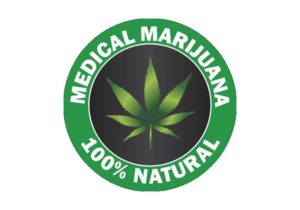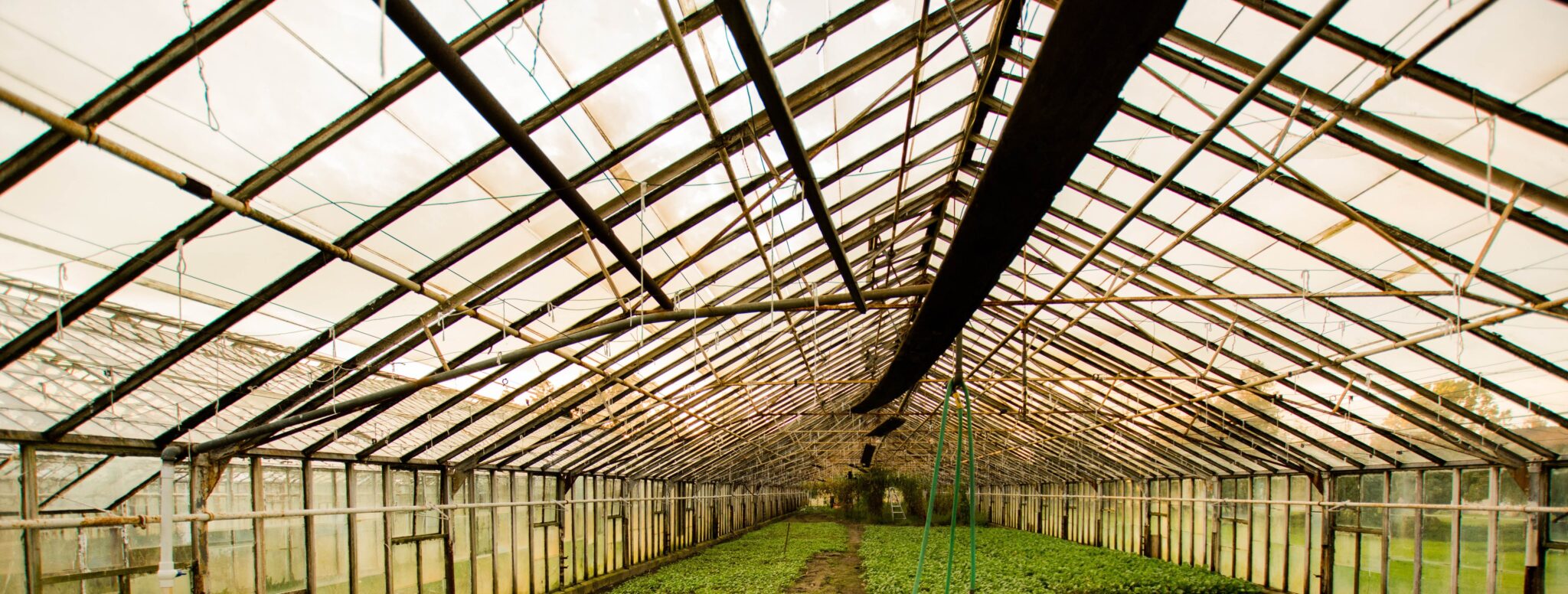Cannabis Helps Canadian Agriculture Industry in 2020

According to the newspaper Moosejaw Today, Statistic Canada reported farm cash receipts of $16.7 billion increased 5.2 per cent in 2020 over 2019.
The newspaper article, published September 13, 2020, stated, “Without a 62 per cent increase — $685 million — in cannabis sales, farm cash receipts would have increased a mere .8 per cent… Led by surging cannabis sales, farm cash receipts in the first half of the year bucked the general decline caused by the coronavirus.”
To read the original article, visit: https://www.moosejawtoday.com/local-news/cannabis-steers-healthy-increase-in-agriculture-income-2706446
Legalization of Cannabis in Canada

As of October 17, 2018, cannabis is legal in Canada for both recreational and medical use. If you want to know exactly what that means for you, there are plenty of articles available online to help you. Following are a few from Canada and around the world:
CBC News: Cannabis is legal in Canada — here’s what you need to know
CNN: Canada just legalized recreational pot. Here’s what you need to know
Pot 101: Everything you need to know about marijuana legalization
New York Times: Canada is Legalizing Marijuana. Here Are Some Questions, Answered.
Prohibition 2.0 Begins October 17, 2018
ACMPR and the licensed cannabis producer

What does ACMPR cover?
For the cannabis industry in Canada, the most critical compliance implications are those covered by the Access to Cannabis for Medical Purposes Regulations. This legislation covers every aspect of marijuana production and sale. Overseen by Health Canada, these regulations must be adhered to at every stage of cannabis business from propagation through to sale. As of August 24, 2016, the Access to Cannabis for Medical Purposes Regulations (ACMPR) replaced the previous Marihuana for Medical Purposes Regulations (MMPR).
ACMPR is designed to provide an immediate solution for Canada to meet legal requirements. But Health Canada is continuously evaluating how a system of medical access to cannabis should function alongside the government’s commitment to legalize, strictly regulate and restrict access to cannabis. As a result, laws and regulations may change.
Currently, the legislation contains four parts.
Part 1 sets out a framework for commercial production by licensed producers responsible for the production and distribution of quality-controlled fresh or dried marijuana or cannabis oil or starting materials (i.e., seeds and plants) in secure and sanitary conditions.
Part 2 sets out provisions for individuals to produce a limited amount of cannabis for their own medical purposes or to designate someone to produce it for them.
Parts 3 and 4 include transitional provisions, consequential amendments to other regulations, and provisions repealing the MMPR.
All those wishing to produce cannabis in Canada must apply to Health Canada to become a licensed producer under the ACMPR legislation, and all licensed producers MUST comply with the ACMPR regulations.
What are the specific ACMPR regulations that affect software and record keeping?
The ACMPR has many regulations that apply to the medical marijuana industry in Canada as a whole. Not all of those have implications for record keeping or to the method (software) used for that record keeping. (For links to the different websites that cover ACMP download our Seed-to-Sale Software Buyer’s Guide.)
How do I meet ACMPR compliance?
To be ACMPR compliant, your organization must have ways of meeting all of the regulations listed above.
Many of the regulations listed above apply to processes, so you’ll need to be utilizing best practices and documented standard operating procedures. You’ll also need to be able to prove to Health Canada that you have used best practices. That’s where seed-to-sale software comes in. Your cannabis business management software should provide you with the means to meet compliance when it comes to record keeping and reporting.
To support you in this process, a viable software vendor will supply you with a document that outlines exactly how the system they provide meets those requirements.
For a free demo to learn how AirMed meets these and other regulations, please email info @ airmed.ca.
Medical Marihuana in Canada: Where We Are Today

The legal use of marihuana for medical purposes in Canada has a long and complex history. Cannabis has been on the Schedule of the Opium and Narcotic Control Act since 1923. While proponents lobbied and commissions reviewed many times over several decades around the world, nothing significant happened with the legalization of cannabis until 1976 when the Netherlands effectively decriminalized the plant’s use. This set off a wave of activity that included one U.S. state recognizing the medical value of marihuana 1978. But the debate continued and most countries were reluctant to jump on the legalization bandwagon.
There was, however, no denying the health benefits, which were being documented in medical studies around the world and included:
- Decreasing anxiety
- Lessening of pain for sufferers of chronic conditions
- Reducing muscle spasms of multiple scleroses and similar diseases
- Treating glaucoma
- Controlling the symptoms of seizure disorders such as Epilepsy and Dravet's Syndrome
- Slowing the progress of Alzheimers
But Canada, along with many other countries, deferred to traditional thinking and waited for someone else to go first. That first came in 1996 when California became the first U.S. state to legalize marihuana for medical use.
With the precedent set, two Canadians acquired federal approval to smoke pot for health reasons — and the flood gates opened. By 2000 the court ruled that Canadians had a constitutional right to use cannabis as a medicine. The following year, the Canadian Medical Marihuana Access Regulations granted legal access to cannabis for those with a range of illnesses including HIV/AIDS. This effectively authorized qualified patients to grow their own pot or obtain it from authorized producers or from Health Canada. But marihuana is still a controlled substance in Canada and recreational use is still illegal. So the legalization for medical use created issues in relation to monitoring the qualification process and policing the growing/supplying process.
Confusion about what or who was legal and who or what was not made enforcement difficult for both the medical community and law enforcement. Many agencies felt that the controls that were in place were insufficient to prevent abuse of the system. But patients, doctors and growers officially had been told they had constitutional rights in this area.
The problem was that cannabis is unique — it’s not a pharmaceutical but can’t be considered an herbal supplement either because of its ‘controlled substance’ status. The issue was how the system could satisfy all the stakeholders, and there were several.
First, there were those who had a medical need for marihuana. Second, were the doctors who wanted to prescribe cannabis as a potential treatment for many diseases and conditions. Third were the growers who wished to supply the product in a legal way. And finally were the various agencies and police who were required to enforce the whole process.
In an attempt to satisfy everyone, the Federal government went back to the policy drawing board. And in 2013, new regulations were issued that changed the way Canadians could access and produce marihuana for medical purposes. Under the new rules, growing has been transferred to licensed producers who are required to meet strict compliance designed to prevent abuse of the system. Those rules include stringent monitoring of production and distribution. This not only affects the growers, but the patients as well since the producers must prove that their products are going only to those who have legitimate prescriptions. The easiest way to do this in today’s technological world is with a Web-based ordering system and product being distributed by mail.
While these changes are causing some confusion and disruption, they are designed to satisfy the needs of all concerned from the Federal government down through law enforcement to growers and the individual patient.
Once patients understand their responsibilities under the new system, they should find accessing the medical marihuana they need as simple as buying a book online.
Once producers develop systems for tracking growth and distribution, they should be able to meet the new regulations easily.
Once law enforcement agencies see the results, they should feel more confident that the system is not being abused.
With the advent of new laws governing recreational cannabis, the industry will change again very soon.



